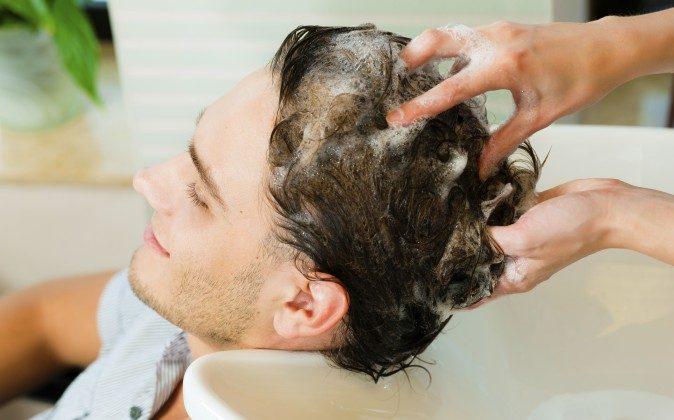18 MEA
Protects, strengthens, and adds shine.
The surface of our hair cuticles contain and are naturally coated with the lipid 18 MEA as our hair grows from our scalp. It works to replenish the hair’s natural protective lipid layer—namely the 18 MEA layer. 18 MEA helps restore the integrity of the hair’s surface, giving protection and helping to rebalance its moisture content, as well as give it strength and natural shine.
Sunscreen
Prevents damage, helps retain colour.
Sunscreen forms a protective layer over your hair. It absorbs ultraviolet light helping maintain hair colour, both natural and synthetic.
It also helps to prevent the sun’s harmful rays from damaging the hair, for example, causing dryness, or fading the hair colour.
Vitamin E
Nourishes, enhances luster, prevents early greying.
Also known as alpha-tocopherol, vitamin E is an antioxidant important for the health of scalp and hair. Besides increasing the circulation of blood in the scalp, this oil also enhances the texture and quality of hair by mitigating split ends and deeply conditioning it.
Vitamin E also helps prevent premature greying through its free radical fighting action and stimulates the production of sebum, which makes hair more lustrous.
Panthenol pro vitamin B5
Strengthens, adds luster and moisture.
Also known as “Pantothenic Acid,” no hair or skin care product should be without 100 percent panthenol. Its strengthening properties are well-known, and it is widely used in professional hair care formulations to provide luster. It functions as a humectant, increasing the water content of hair and improving its elasticity.
Soy protein
Moisturizes, protects, strengthens, adds shine and body.
Natural lipids from palm oil combine with natural soy-derived protein to help hair retain moisture, and protect and seal it.
Soy protein adds shine, body, and manageability. It increases the ability of the hair and skin to bind moisture and specifically improves the hair’s tensile strength (how strong it is when stretched).
Soy protein also mitigates damage caused by bleaching, perming, and hot combing. It contains the amino-acid cysteine, which strengthens and nourishes hair.

You can get luster, moisture, and manageability using ingredients that won’t ultimately damage your hair.
Cashmere keratin
Prevents breakage.
Also known as aqua and hydrolized keratin, cashmere keratin has powerful moisture binding properties. It penetrates the cuticle, helping to prevent breakage and split ends and is suitable for both wash-off and leave-in products.
Silk protein, hydrolyzed
Adds luster and body, aids moisture retention.
Silk is a long treasured, expensive material, often referred to as the princess of fibres due to its strength.
Hydrolyzed silk protein adds luster, body, and manageability, and improves hair strength. Silk is credited with the ability to retain 10,000 times its weight in water, and in hair products, these strong hygroscopic properties aid moisture retention.
It has superior conditioning properties, making it ideal for natural-type conditioners, shampoos, and hair repairing systems.
Hydrolyzed wheat protein/PVP cross polymer
Conditions, adds gloss, improves curl retention.
Taken individually, hydrolyzed wheat protein and PVP are each film-forming agents, meaning they evenly coat the hair strands. They are also both conditioning polymers (chains of molecules), and when combined into one molecule, they create a copolymer that gives gloss, manageability, body, and shine, and improves curl retention.
Biotin
Improves elasticity, prevents early loss.
Biotin can make hair more elastic, improve growth, prevent early hair loss, and improve the natural resistance of hair.
Cetrimonium chloride
Conditions, reduces static electricity.
Centrimonium chloride is used as a light hair conditioning agent. In conditioners and cream rinses it improves both wet and dry combing and reduces static electricity. It is used primarily in conditioning products rather than in shampoos.
Dr. Robert Dorin has over 10 years experience helping New Yorkers restore and improve their hair. TrueDorin.com


Friends Read Free